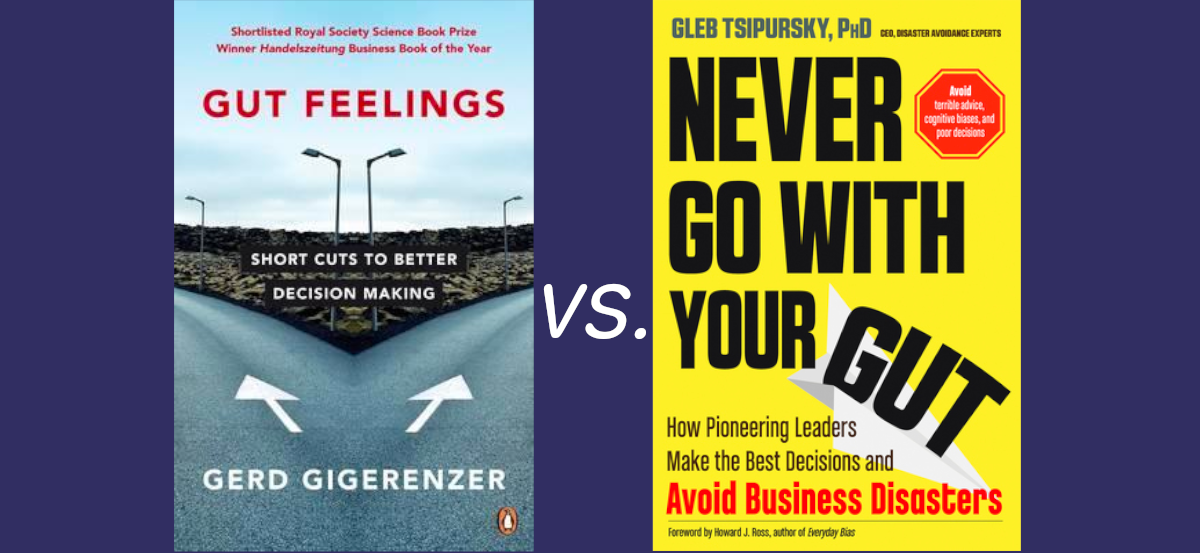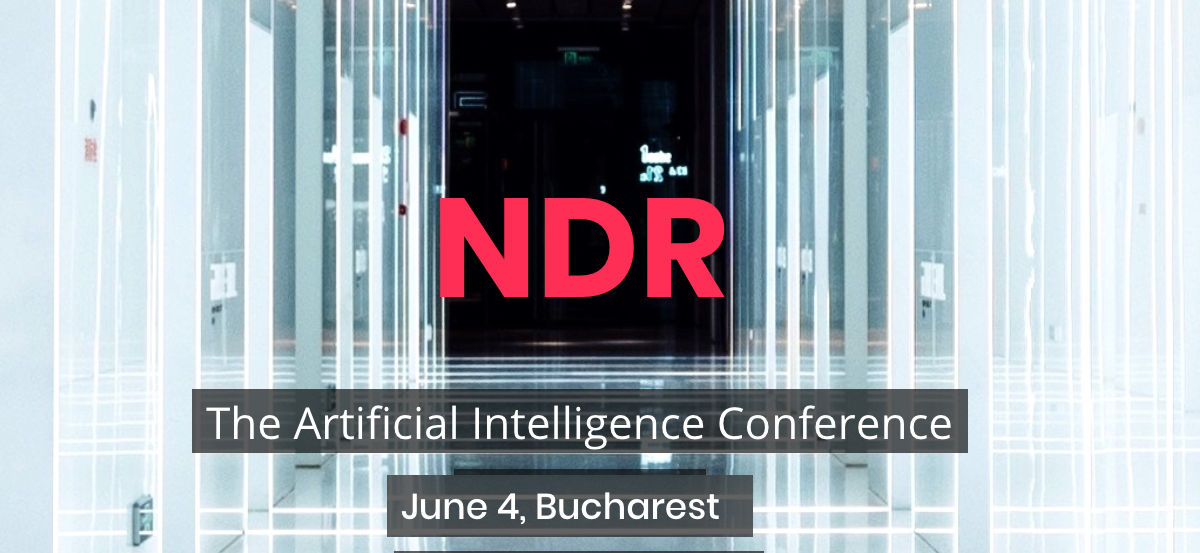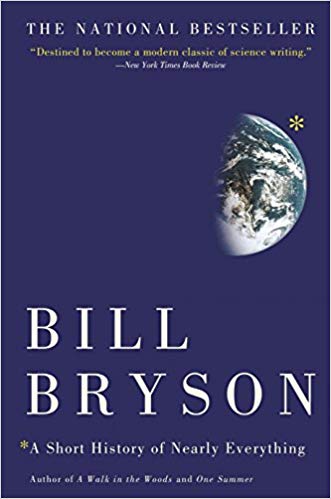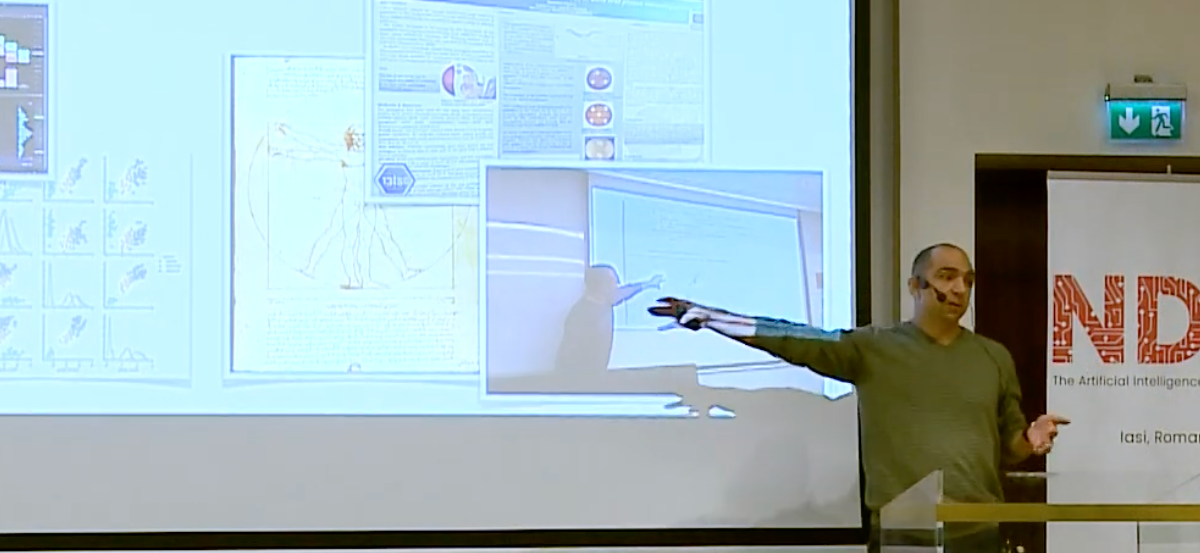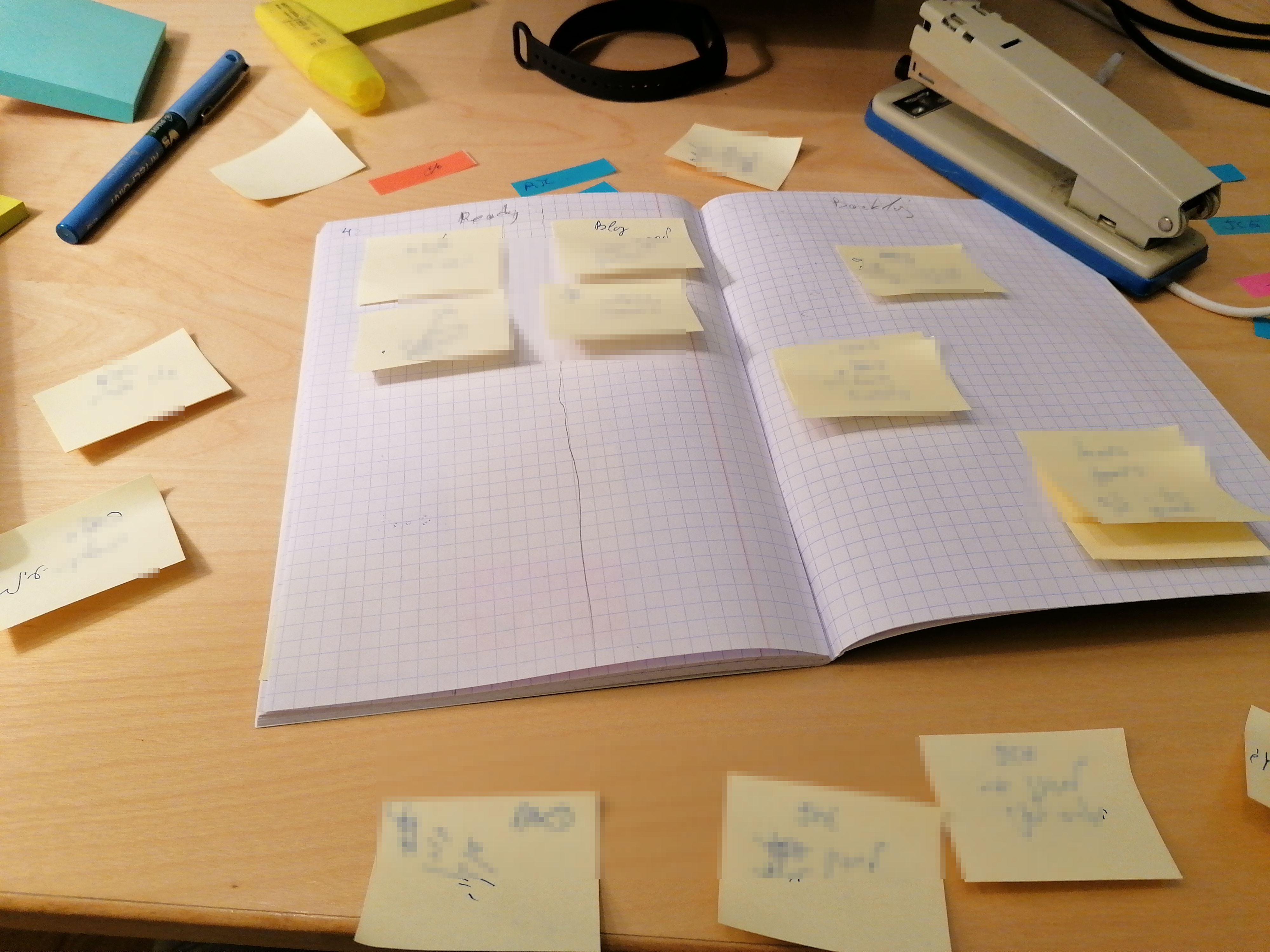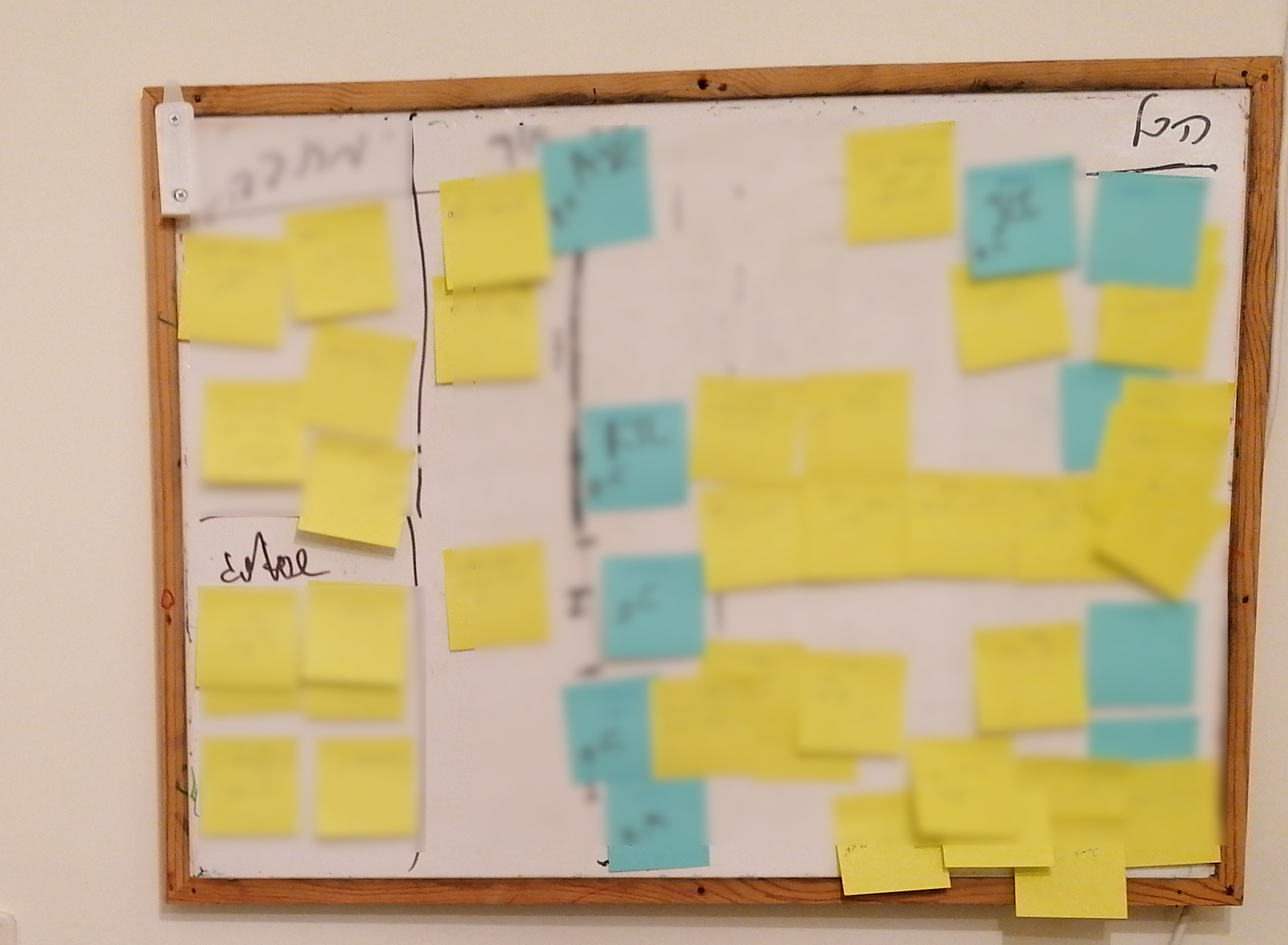Recently, I received an email from a pharmacist who considers becoming a data scientist. Since this is not a first (or last) similar email that I receive, I think others will find this message exchange interesting.
Here’s the original email with minor edits, followed by my response.
The question
Hi Boris,
My name is XXXXX, and I came across your information and your advice on data science as I was researching career opportunities.
I currently work at a hospital as a research pharmacist, mainly involved in managing drugs for clinical trials.
Initially, I wanted to become a clinical pharmacist and pursued 1-year post-graduate residency training. However, it was not something I could envision myself enjoying for the rest of my career.
I then turned towards obtaining a Ph.D. in translational research, bridging the benchwork research to the bedside so that I could be at the forefront of clinical trial development and benefit patients from the rigorous stages of pre-clinical research outcomes. I much appreciate learning all the meticulous work dedicated before the development of Phase I clinical trials. However, Ph.D. in pharmaceutical sciences was overkill for what I wanted to achieve in my career (in my opinion), and I ended up completing with master’s in pharmaceutical sciences.
Since I wanted to be involved in both research and pharmacy areas in my career, I ended up where I am now, a research pharmacist.
My main job description is not any different from typical hospital pharmacists. I do have a chance of handling investigational medications, learning about new medications and clinical protocols, overseeing side effects that may be a crucial barrier in marketing the trial medications, and sometimes participating in development of drug preparation and handling for investigator-initiated trials. This does keep my job interesting and brings variety in what I do. However, I do still feel I am merely following the guidelines to prepare medications and not critically thinking to make interventions or manipulate data to see the outcomes. At this point, I am preparing to find career opportunities in the pharmaceutical industry where I will be more actively involved in clinical trial development, exchanging information about targeting the diseases and analyzing data. I believe gaining knowledge and experiences in critical characteristics for the data science field would broaden my career opportunities and interest. Still, unfortunately, I only have pharmacy background and have little to no experience in computer science, bioinformatics, or machine learning.
The answer
First of all, thank you for asking me. I’m genuinely flattered. I assume that you found me through my blog posts, and if not, I suggest that you read at least the following posts
All my thoughts on the career path of a data scientist appear in this page https://gorelik.net/category/career-advice/
Now, specifically to your questions.

My path towards data science was through gradual evolution. Every new phase in my career used my previous experience and knowledge. From B.Sc studies in pharmacy to doctorate studies in computational drug design, from computational drug design to biomathematical modeling, from that to bioinformatics, and from that to cybersecurity. Of course, my path is not unique. I know at least three people who followed a similar career from pharmacy to data science. Maybe other people made different choices and are even more successful than I am. My first advice to everyone who wants to transition into data science is not to (see the first link in the list above). I was lucky to enter the field before it was a field, but today, we live in the age of specialization. Today we have data analysts, data engineers, machine learning engineers, NLP scientists, image processing specialists, etc. If computational modeling is something that a person likes and sees themselves doing for living, I suggest pursuing a related advanced degree with a project that involves massive modeling efforts. Examples of such degrees for a pharmacist are computational chemistry, pharmacoepidemiology, pharmacovigilance, bioinformatics. This way, one can utilize the knowledge that they already have to expand the expertise, build a reputation, and gain new knowledge. If staying in academia is not an option, consider taking a relevant real-life project. For example, if you work in a hospital, you could try identifying patterns in antibiotics usage, a correlation between demographics and hospital re-admission, … you get the idea.
Whatever you do, you will not be able to work as a data scientist if you can’t write computer programs. Modifying tutorial scripts is not enough; knowing how to feed data into models is not enough.
Also, my most significant knowledge gap is in maths. If you do go back to academia, I strongly suggest taking advantage of the opportunity and taking several math classes: at least calculus and linear algebra and, of course, statistics.
Do you have a question for me?
If you have questions, feel free writing them here, in the comments section or writing to boris@gorelik.net



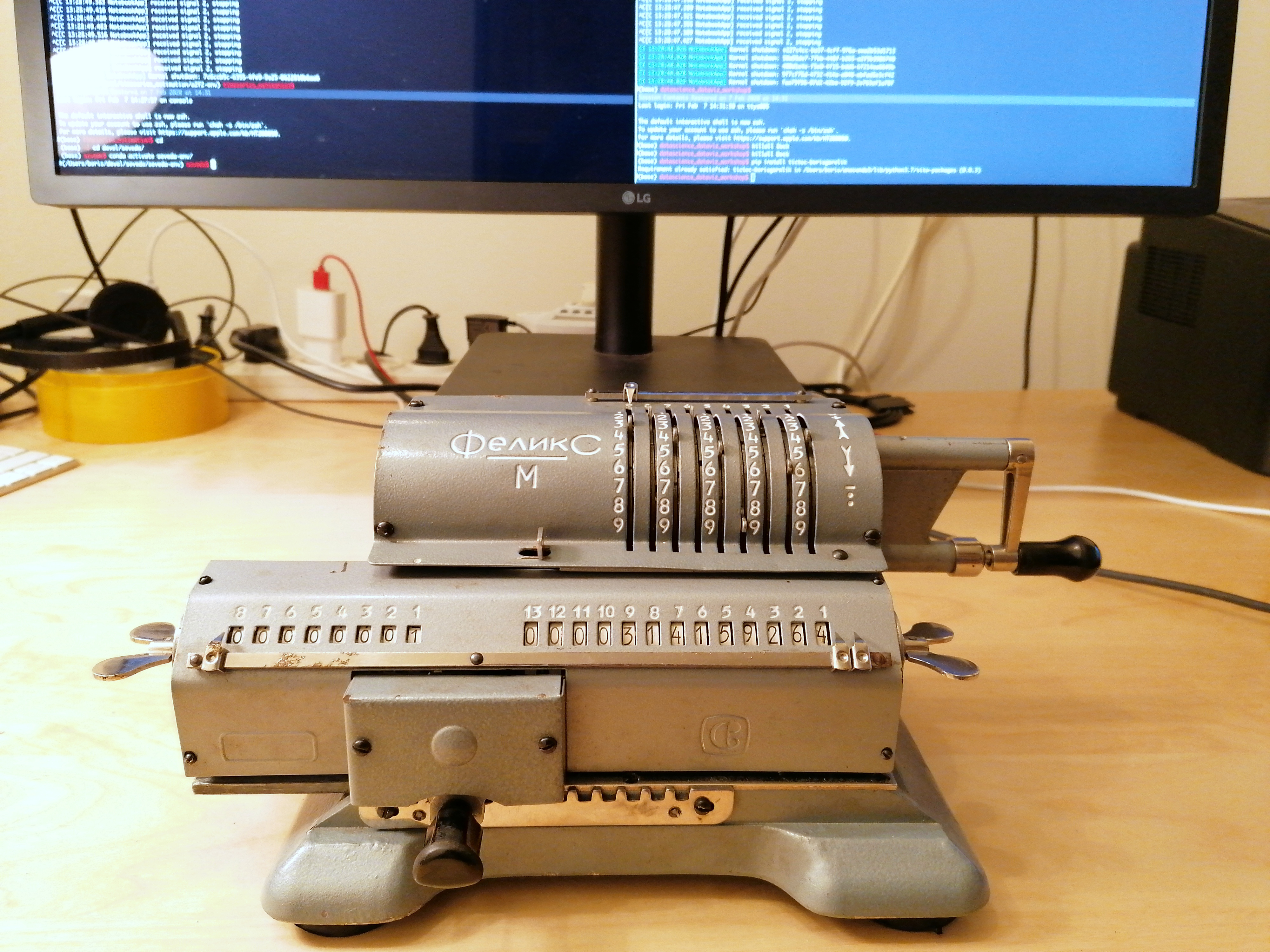









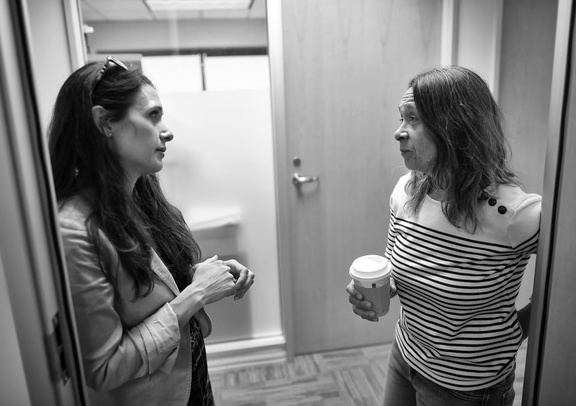



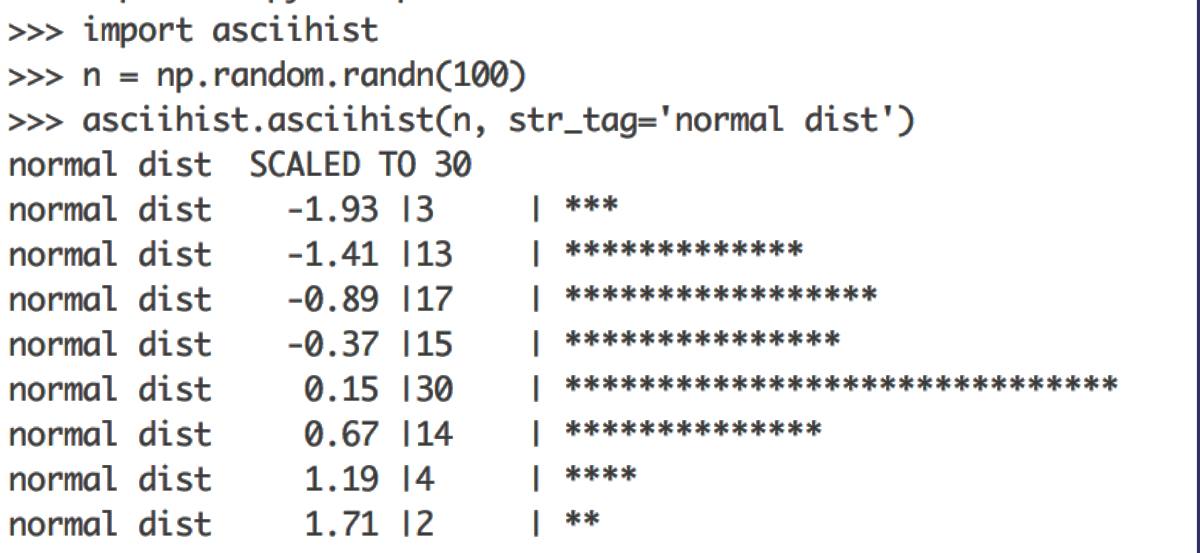

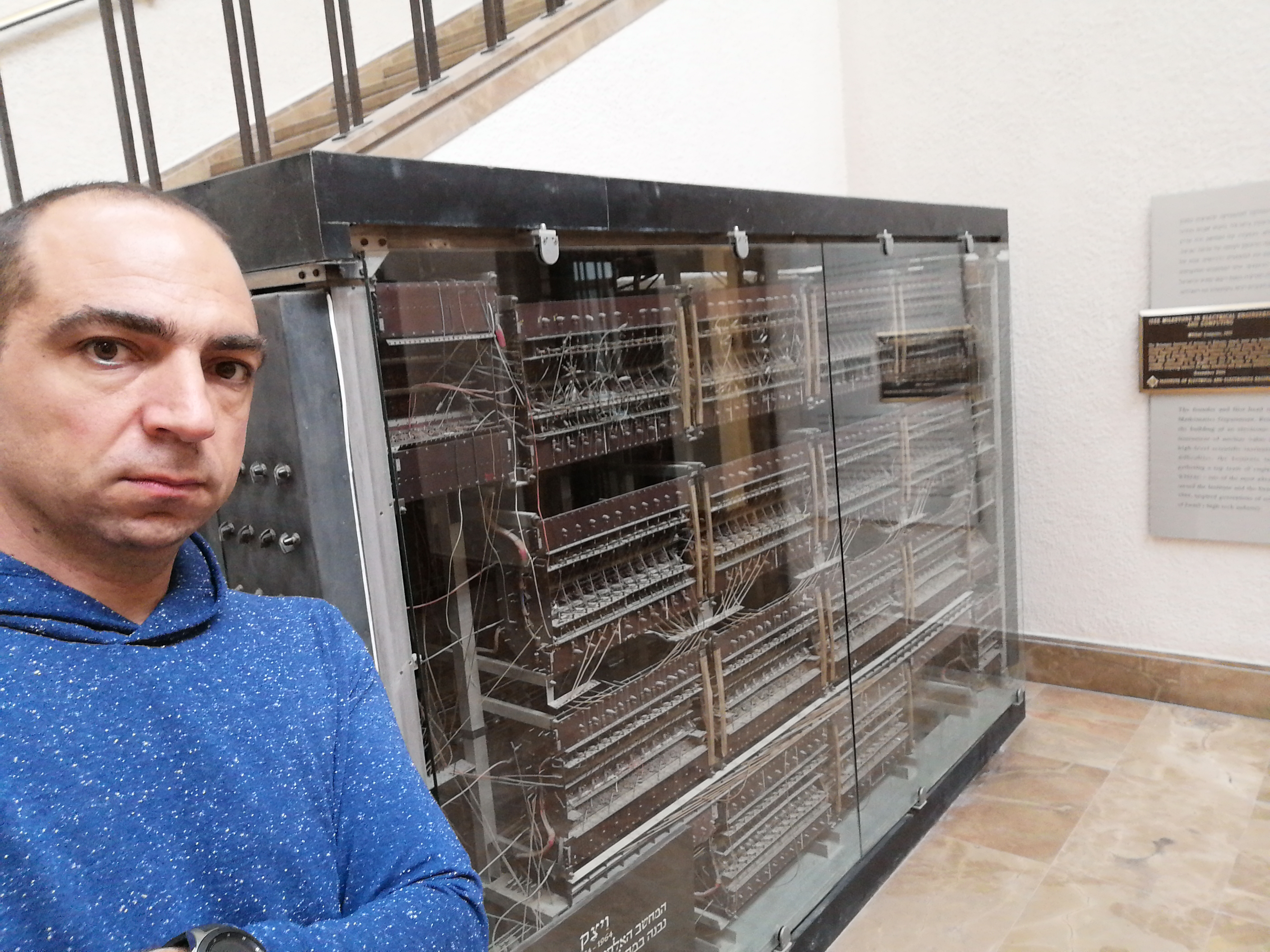
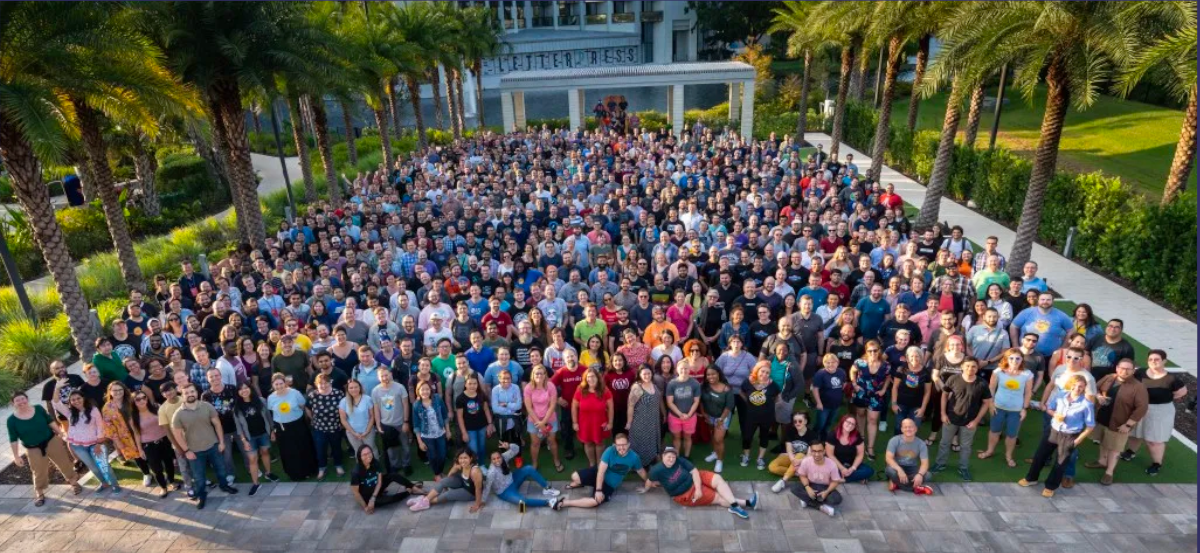
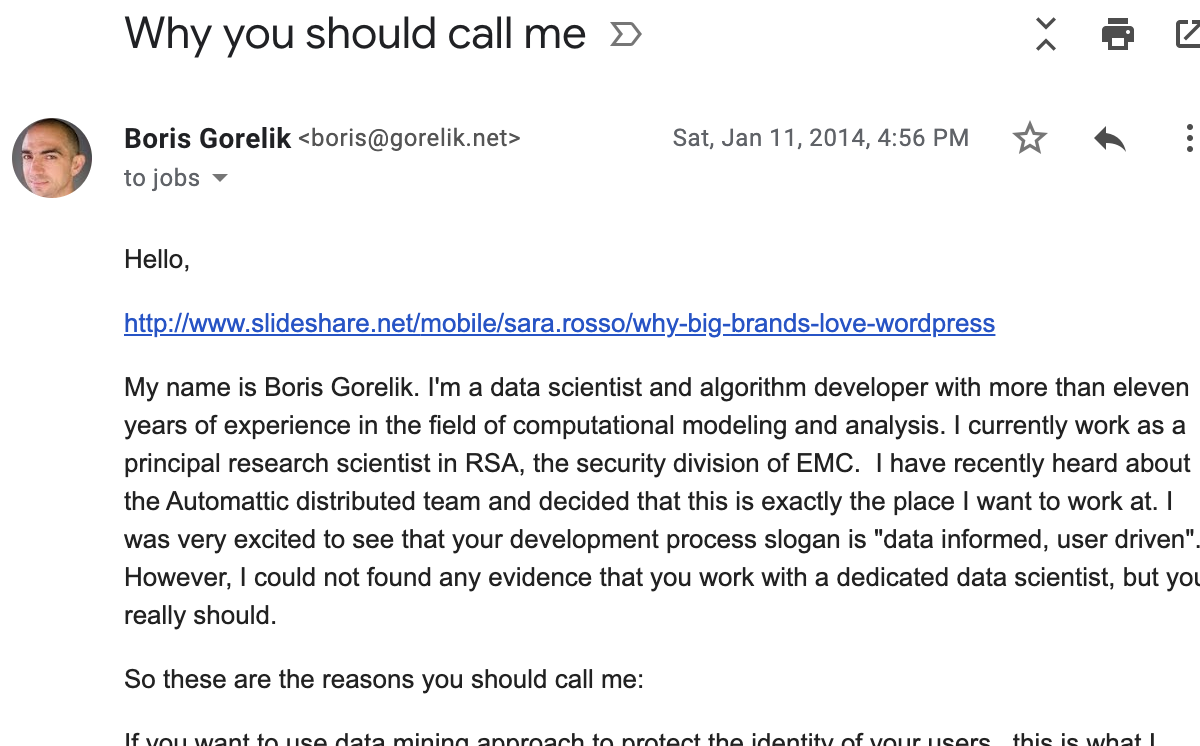 The email is pretty long.
I even forgot to remove a link that I planned to read BEFORE sending that email.
The email is pretty long.
I even forgot to remove a link that I planned to read BEFORE sending that email.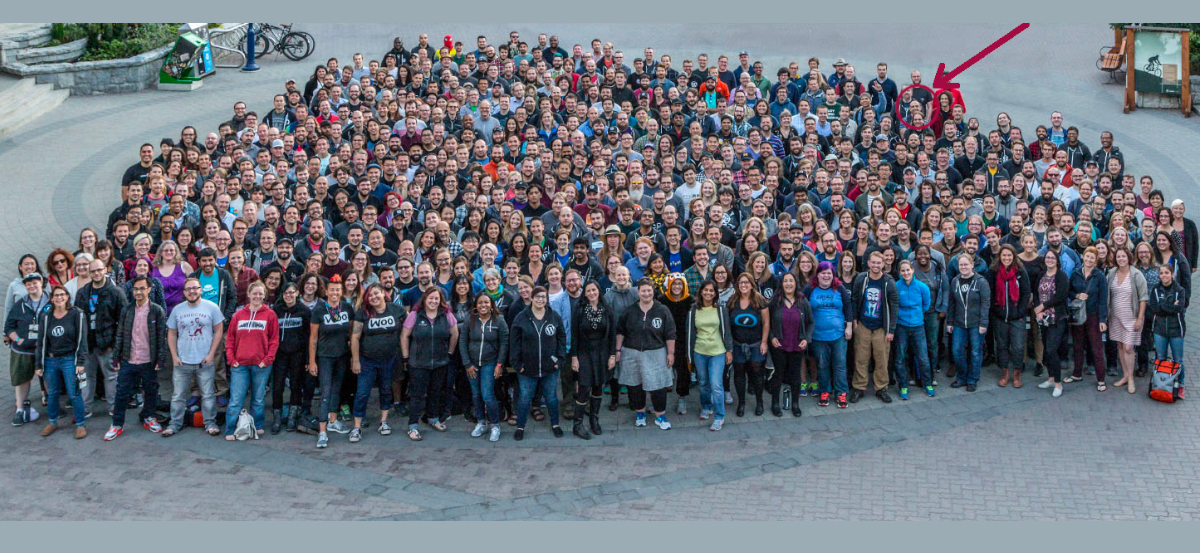 2018 Grand Meetup.
2018 Grand Meetup.





